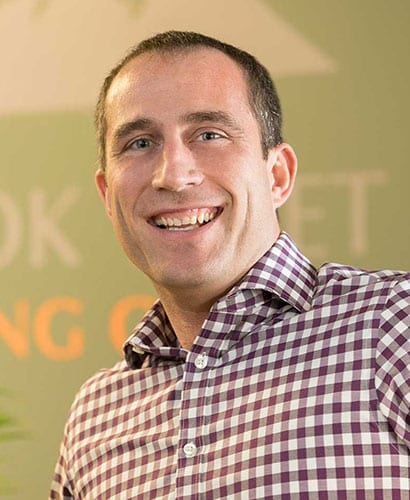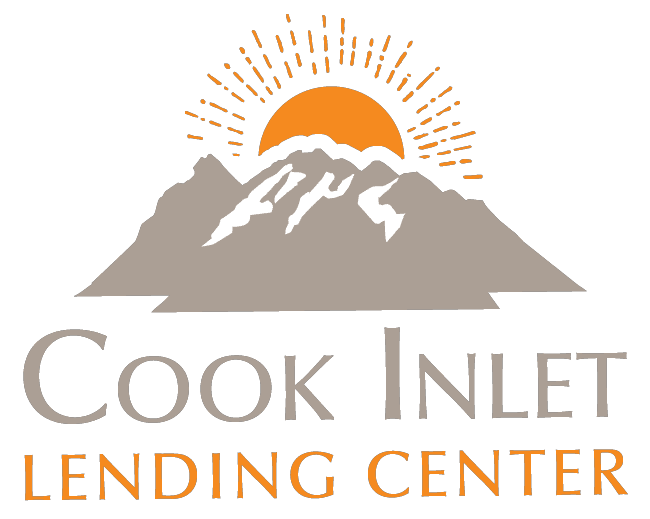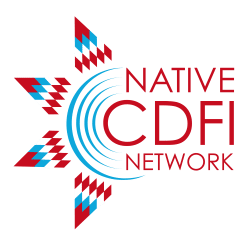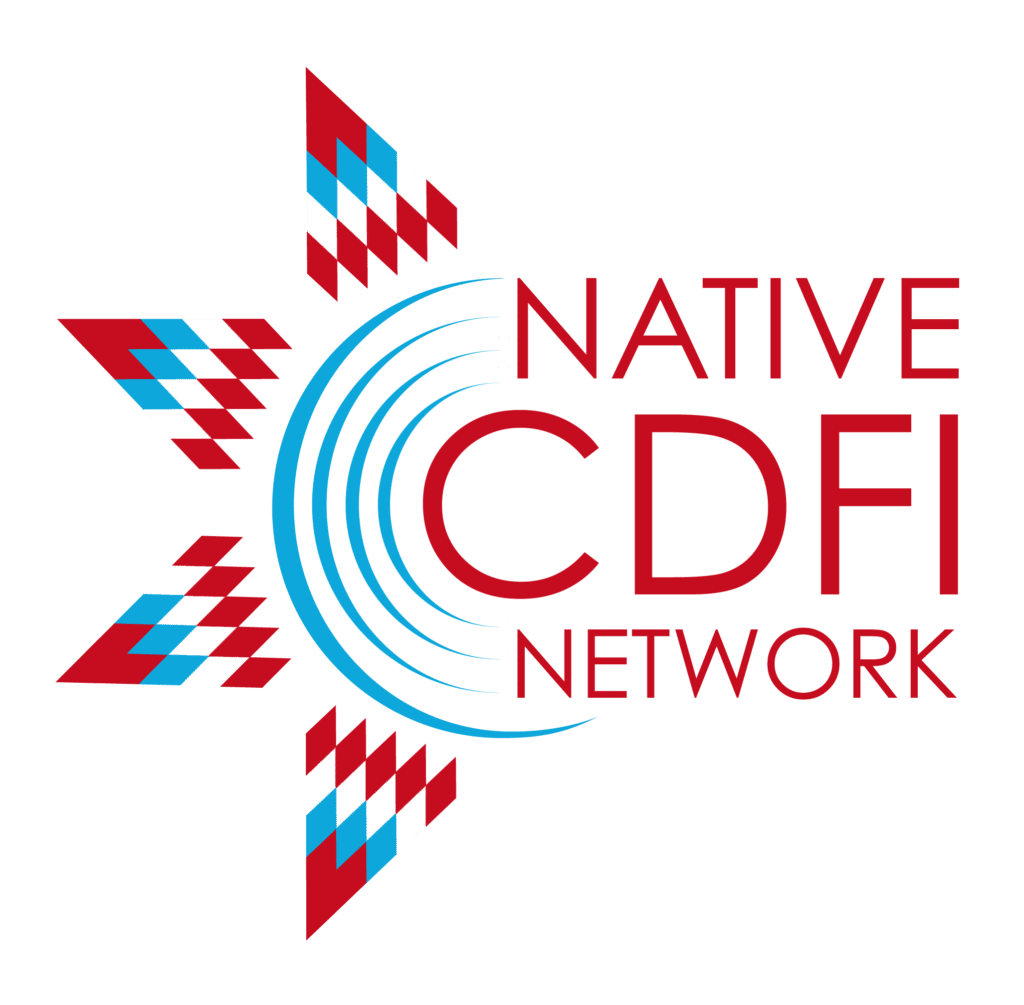
Jeff arrived in Alaska in 1992 and landed in Sand Point, an Alaska Native Aleut Community on the edge of the Alaska Peninsula in the Shumigan Islands. He attended the University of Alaska at both Fairbanks and Anchorage before graduating with his Bachelor’s of Business Administration in Finance. After working in the banking and mortgage industry for eight years, Jeff was thrilled to join and lead the Cook Inlet Lending Center team.
In this insightful conversation with NCN, Jeff explains how CILC relies on partnerships to grow the breadth and quality of its homeownership support and small business lending services, and shares how CILC helped the Anchorage small business community weather the economic storm caused by the COVID-19 pandemic.
NCN: Greetings Jeff, it’s good to have you with us today. Welcome.
Tickle: Thank you for having me.
NCN: Why do you do what you do? How did you come to lead the Cook Inlet Lending Center (CILC)?
Tickle: I grew up 45 minutes north of New Orleans in Hammond, Louisiana. My father then moved us to Sandpoint, Alaska, which is an Alaska Native community, where I finished my junior and senior years of high school before going off to Fairbanks to university. In 2015, when I left the banking and mortgage industry in the private sector, I saw an opportunity at Cook Inlet Lending Center because it had just launched a HUD 184 program for the Alaska Native/American Indian community, which I was somewhat familiar with due to my mortgage lending industry experience. It was an opportunity to come full circle and help the communities who were so welcoming to me when I first arrived in Alaska.
NCN: As you know, there are more than 70 federally certified Native CDFIs across the country and many more “emerging” CDFIs following in their footsteps. Why did Native communities feel it necessary to create CDFIs, and what fundamental role do they play?
Tickle: There’s always the answer of creating Native CDFIs to try to bring the barriers down to wealth building for folks who traditionally haven’t had access to that. Take, for example, why Cook Inlet Lending Center was created. CILC is a subsidiary of our parent company, Cook Inlet Housing Authority, which focused in the beginning and still today on rental housing. As Cook Inlet Housing Authority built up a loan fund of forgiveness loans to help folks with down payments to purchase homes, it saw an opportunity in 2007 to create and apply for Native CDFI certification for CILC. Because not only did the Housing Authority have this compassionate focus for homeownership lending, it also saw a longer-term opportunity for a more holistic community development approach. It does rental housing. It was only natural that it had a lending center that could build the steps to homeownership, which has taken us to where we are today, where we are building more steps towards business entrepreneurship.
NCN: What do policymakers, philanthropy, and the general public who aren’t familiar with Native CDFIs need to understand about them and the difference they make?
Tickle: You hit the nail on the head as far as the knowledge gap goes. There’s a culture gap in financing homeownership and business lending, and that flows right into the knowledge gap. I’ll give you an example. The two years I spent in Sandpoint, Alaska, a community of about 1,000 people, mostly Alaska Natives, there always seemed to be this reluctance on their part to walk into a bank and attempt the normal day-to-day tasks a person needs to do to start a banking relationship, to get to the point of feeling confident enough to apply for a mortgage loan. I saw that reluctance. I saw that uncomfortableness. CILC and other Native CDFIs give that warmer feeling to those folks, and also a sense of trust. They come through our doors and say, “You’re Cook Inlet Lending Center. We’ve heard you do mortgages and down payment assistance loans and grants and we want to work with you.” When you ask the question, what do policymakers and the general public need to understand about Native CDFIs? Well, we take people on a journey. They don’t come through our doors and become homeowners in two months. We have folks who have worked with us for two years plus, that are put on the path to graduating from our IDA [Individual Development Account] program, for example. It’s not easy work. It takes a lot of time, effort, and capacity. For federal policymakers, when they’re thinking about allocating funding and the various strings attached to that funding, there’s a small 15% cap of funds that the Treasury puts on CDFI money. I think there’s an opportunity to reconsider that amount considering the amount of work that a Native CDFI puts forth to try to build wealth where wealth has not traditionally been built.

NCN: Tell us more about CILC. According to your website, CILC “invests in traditionally underserved people and communities, offering equitable access to affordable financial products and services that facilitate homeownership, strengthen local businesses, and build resilient neighborhoods. As a Native CDFI, CILC vigorously pursues opportunities to financially empower Alaska Native families, businesses, and communities.” So what does this entail in practice?
Tickle: I’ll mention one specific example of what our work looks like. Three and a half years ago, our IDA grant coordinator Renate Houser and I were at a South Central Foundation event. One of the Foundation’s employees was sitting next to us at our table, and she told us her story of how she was struggling as a single mother, and that she had applied for a mortgage but was turned down immediately. It was just a “no” for her, not, “Let’s try to put you on a path.” So Renate took her information down and wrote a few notes, and we took her on as a client. It took her about two years to graduate from our IDA program, but she did it. When you get a random card in the mail from that client, who’s been on that long of a journey and has just unbelievable things to say about Renate and the time she took to actually listen, understand her budget, understand her credit challenges in the past, and help her become mortgage ready, it puts our work into perspective, specifically the amount of time and effort it often takes to help someone get from where they are to where they want to be, whether it be home ownership or a start-up business.
NCN: Among CILC’s offerings is its Individual Development Account program for Alaska Native and American Indian homebuyers. How does your IDA program work, and how has it benefitted those who have participated?
Tickle: Traditionally, CILC’s IDA program served everyone who fell underneath a certain income threshold. Back in 2015, Treasury cut that program, so it sunset after our five-year grant agreement ended in 2020. We were blessed enough to sit down with a bank, Wells Fargo, who took interest in helping us to continue IDA. So we now have a two-year grant for $200,000 to support 37 recipients in that program. The program is pretty basic. First, they have to be Alaska Native or American Indian and fall below a certain income threshold. Second, they enroll and begin saving money based on what they’re able to save with their budget over time. The minimum amount of time is six months and up to two years. We make exceptions both ways depending on the circumstances. They save $1,000 over that period of time. They work with Renate and sometimes folks in our office and sometimes folks at other lenders to become mortgage ready. When they’ve saved their thousand dollars, have become mortgage ready, have found a home, and written a contract on a home, we grant them four to one for each dollar they have saved. So they’ll get a $4,000 grant to add to that thousand for that household, and we don’t limit it to one per household. We limit it to two. So if there’s a partner, they can get up to $8,000 in grant money with the $2,000 that they saved. That’s $10,000 that would go towards down payment or closing costs and prepaids.
It’s not only the IDA grant that they get with Cook Inlet Lending Center, but we are member of Federal Home Loan Bank and we also can administer a grant program, the HomeStart and NAHI [Native American Homeownership Initiative] grant program. So sometimes they’ll enroll in both and as long as funding is available, they’ll pair both of those grants to be able to get into a home.
NCN: One of CILC’s key partnerships is with the Anchorage Community Land Trust. What does that involve?
“Our full potential is tied to access to more non-recourse funding… It’s not necessarily that difficult to attract funding in the form of recourse money from funders and investors. It’s that non-recourse money in amounts that matter that it took a pandemic for the government to actually start providing. It shouldn’t take that.”
Tickle: Anchorage Community Land Trust [ACLT] has been a partner of Cook Inlet Housing Authority for a long time, and CILC would not be in the business lending space today if it weren’t for ACLT approaching us with an opportunity it saw for us to become a loan fund for one of their entrepreneurial programs called “Set Up Shop,” which originally had not been set up specifically for Alaska Natives and American Indians.
We had launched our small business loan program in January 2020 and issued two loans before COVID-19 hit, which forced us to pivot. We were approached by the City of Anchorage to administer its small business emergency grant relief program. From April 2020 to the end of 2021, we administered six programs for that small business emergency grant relief program for small businesses, nonprofits, and individual artists, issuing 2,600-plus grants for approximately $27 million we were able to get out on the street.
In late 2021, we started our small business lending back up again and we were approached by Cook Inlet Tribal Council and ACLT to partner to create the “Indigenous Peoples Set Up Shop” program. I am happy to say ACLT recently graduated its first cohort of 13 entrepreneurs from their Technical Assistance training. ACLT provides the technical assistance for the cohort and CILC provides the lending services for micro loans, which are for $50,000 or less, and small business loans, which cap at $250,000. Meanwhile, Cook Inlet Tribal Council is building what’s called a “Super Fab Lab,” an innovative manufacturing lab for widgets that’s opening by the end of this year. Of the 13 graduates in the original cohort, we’ve started talking to four of them already about micro or small business loans for their start-up businesses. ACLT has a second cohort coming up, and they’re oversubscribed in their applications for that one, with 40 applications for that class already.
 CILC client Alberta Fakatou and her family stand outside of the home CILC helped them to purchase. (Courtesy: Cook Inlet Lending Center)
CILC client Alberta Fakatou and her family stand outside of the home CILC helped them to purchase. (Courtesy: Cook Inlet Lending Center)NCN: CILC has helped a great number of people. Is there an individual client success story that really sticks out to you, that really inspires you?
Tickle: About two weeks ago, we had a client, a single mother, that worked with Debbie Donahue, our down payment assistance loan originator, so she received the down payment assistance loan. She also worked Renate Houser to receive our IDA grant and she worked with Patricia Sanculi to secure a NAHI [Native American Homeownership Initiative] grant. So while she didn’t receive a primary mortgage with us, she got a trifecta in terms of support from us. It was great to be able to provide her with those tools and resources.
NCN: From your perspective, what do Native CDFIs like yours need to realize their full potential? What support do they need to achieve their missions and maximize their impact?
Tickle: Realizing our full potential is tied to access to more non-recourse funding and more specifically funding for capacity building. I’ve learned in the couple of years since we’ve launched that small business lending program that it’s not necessarily that difficult to attract funding in the form of recourse money from funders and investors. It’s that non-recourse money in amounts that matter that it took a pandemic for the government to actually start providing. It shouldn’t take that. The other thing is considering more patient performance goals and measurements, especially in a time like now. We don’t know what could happen moving forward and what those pressures are going to be over the next couple of years as far as the markets are concerned. Lastly, operational capacity support for us is always a significant pursuit. Organizations like ours have smaller structures where folks have to wear many different hats. That’s difficult for Native CDFIs, specifically their chief executives, to sustain.
To learn more about Cook Inlet Lending Center, please click here.

